1. 2005: The Gulf Coast got hammered by Hurricane Katrina
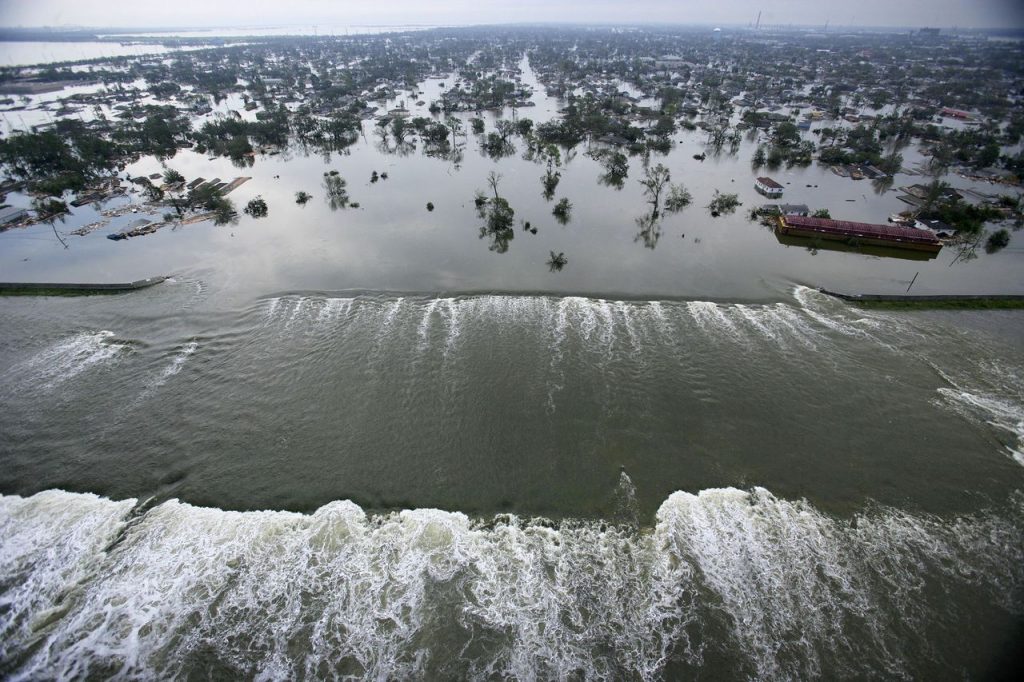
Photo: vox
The worst natural disaster in United States history takes place on this date in 2005 when Hurricane Katrina slams in to the Gulf Coast. Just four days prior Katrina briefly struck the southern shores of Florida, but it was still classified as a class 1 storm. Over the next few days Katrina significantly grew in size and strength, the day before landfall it had reached a class 5, which caused New Orleans Mayor Ray Nagin to order a mandatory evacuation of the city. However more than 150,000 people remained in the city when the ferocious storm hit. Classified as a class 4 storm, winds reached as high as 145mph and caused record storm surges that destroyed the levees that were meant to protect New Orleans. Considering the city is located roughly six feet below sea level it was one of the worst places for a hurricane to hit. Tens of thousands of people flocked to the Louisiana Superdome and New Orleans Convention Center to seek help and many others were trapped on rooftops or stranded in their homes. It took about two days for a full scale relief effort to begin but by that time frustrations had reached a boiling point. There were reports of looting, riots, and even murders spreading like wildfire. It was reported that over $150 billion in damages and more than 1,300 fatalities caused by Katrina.
2. 2004: Brazilian Marathon runner got attacked at Olympics
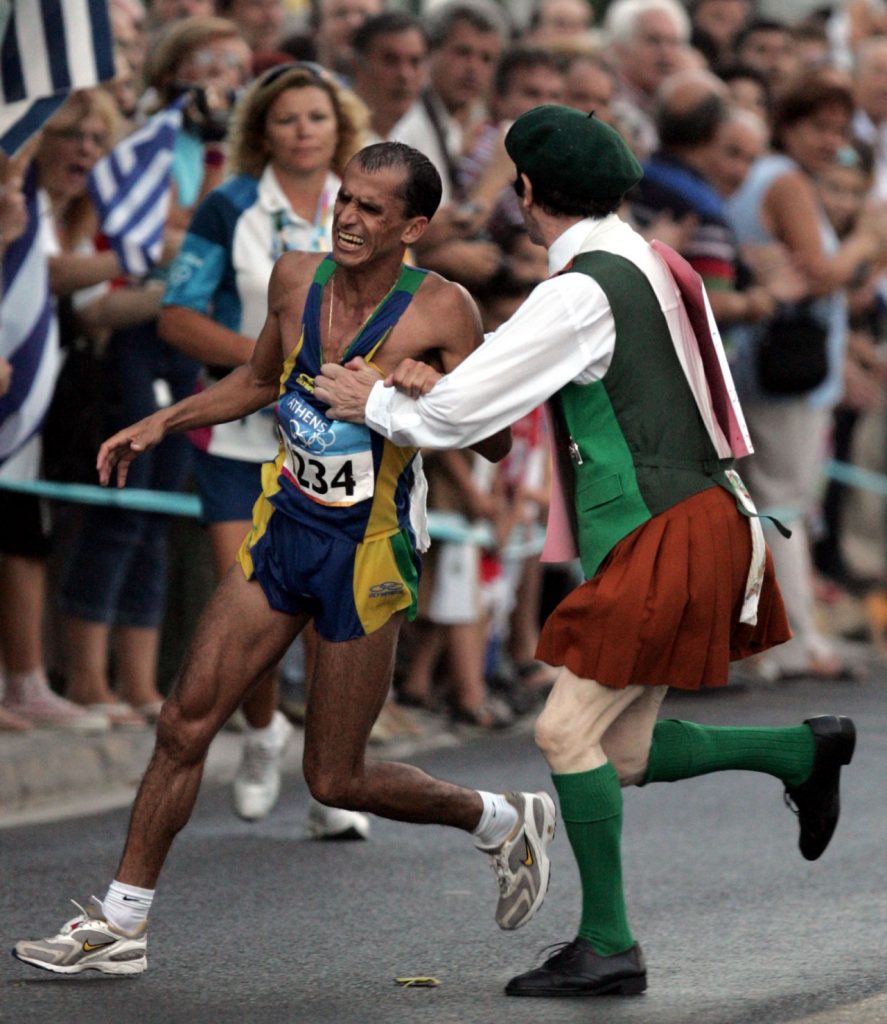
Photo: tumblr
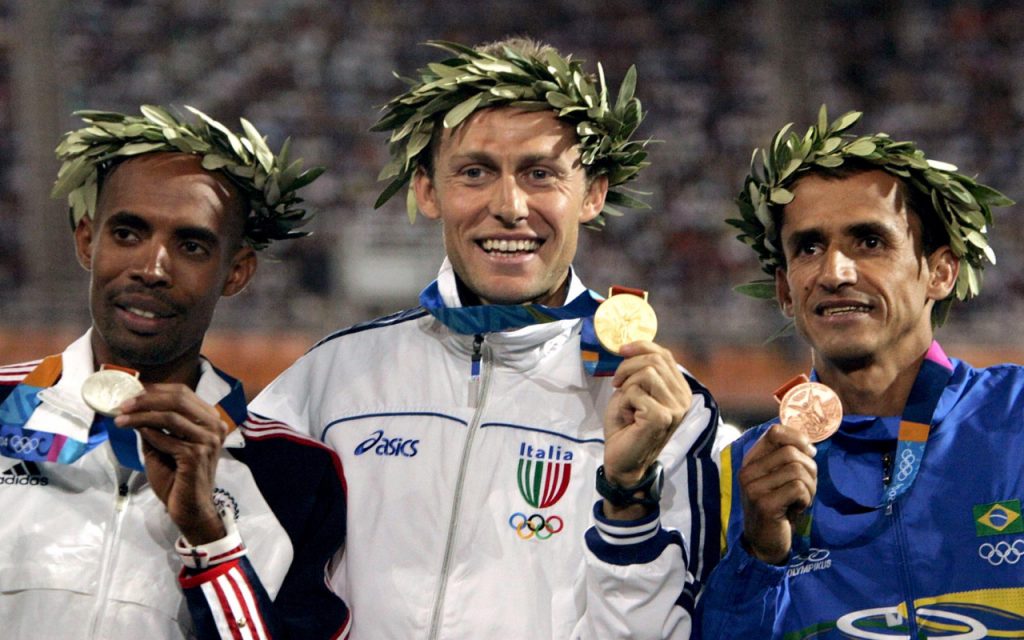
Photo: tumblr
It was on this date in 2004 that Vanderlei de Lima, a Brazilian long distance runner, was attacked by a spectator at the Athens Olympic Games. De Lima was on pace to become the first Brazilian to win the gold medal in the marathon as he had a 30 second lead with just four miles remaining. He suddenly was approached by a man wearing bright green knee high socks and an orange kilt who pushed him from the middle of the course into a group of bystanders. The man was later identified as Cornelius Horan from Ireland, who had a history of mental unsuitability, and was apparently just seeking publicity. The previous year he had spent time in prison for standing in the middle of the racetrack at the British Grand Prix causing race cars to swerve to prevent hitting him. After falling into the crowd, De Lima was able to get back on his feet and resume the race. He even remained in the lead, but only for a short time. The incident allowed the second place runner, Stefano Baldini of Italy, to cut down that 30 second lead considerably. With just two miles to go, Baldini passed De Lima and went on to win the race taking home the gold medal. To make matters even worse, Meb Keflezighi of the United States, also passed him to win the silver medal leaving De Lima with the bronze. Totally devastated by the events that had taken place, De Lima said in a press conference after the race “I was not expecting it at all. I couldn’t defend myself. I was totally concentrated on my race. I had to get back into my competitive rhythm, and I really lost a lot of it. It’s extremely difficult to find that rhythm again.”
3. 1949: Soviet Union’s first atomic bomb test.
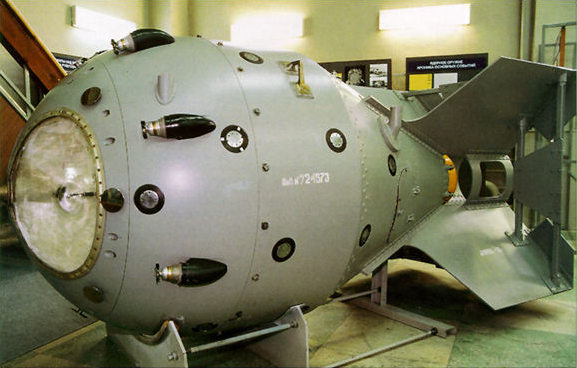
Photo: wiki
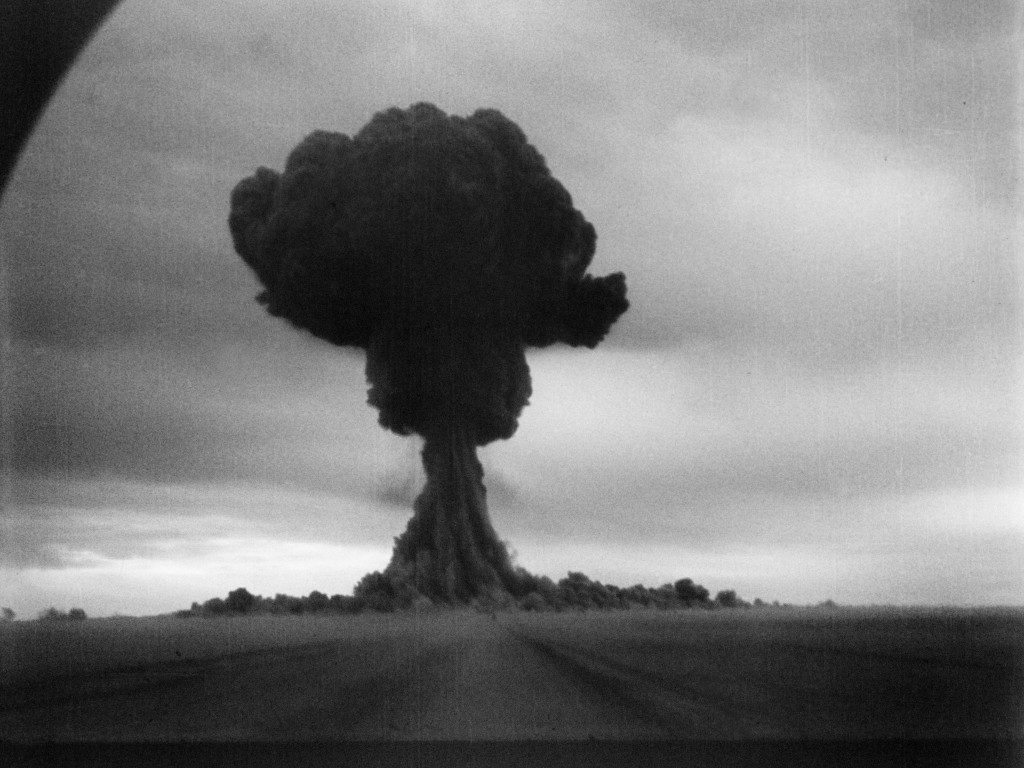
Photo: wiki
It was on this date in 1949 that the Soviet Union drop a 20 kiloton atomic bomb, code named “First Lightning” at a remote test site in Kazakhstan. It was similar in size to the Trinity bomb the United States used for their first test four years prior. The Soviets wanted to measure the effects of what the blast would do, so they constructed bridges, buildings, homes and other structures in the vicinity of the blast. They also wanted to test the effects of nuclear radiation on human-like mammals so they placed many different animals in cages around the site. The bomb went off and completely incinerated everything in its path leaving no survivors, buildings or animals. A United States spy plane captured evidence of radioactivity from the explosion on September 3rd therefore informing the U.S. of the Soviet Nuclear capabilities. President Truman would later address the American public that the Soviets also had a nuclear bomb. It was later discovered that the German born physicist who was essential in the creation of the U.S. nuclear bombs, Klaus Fuchs, had been sharing nuclear secrets with the Soviets.. He apparently went as far as to give them an actual blueprint of the “Fat Man” bomb that was later dropped on Nagasaki, Japan. After learning of this espionage, President Truman would order the development of the Hydrogen Bomb but thankfully it was never deployed. It’s theorized to be hundreds of times more powerful than the bombs that were dropped on Hiroshima and Nagasaki.


